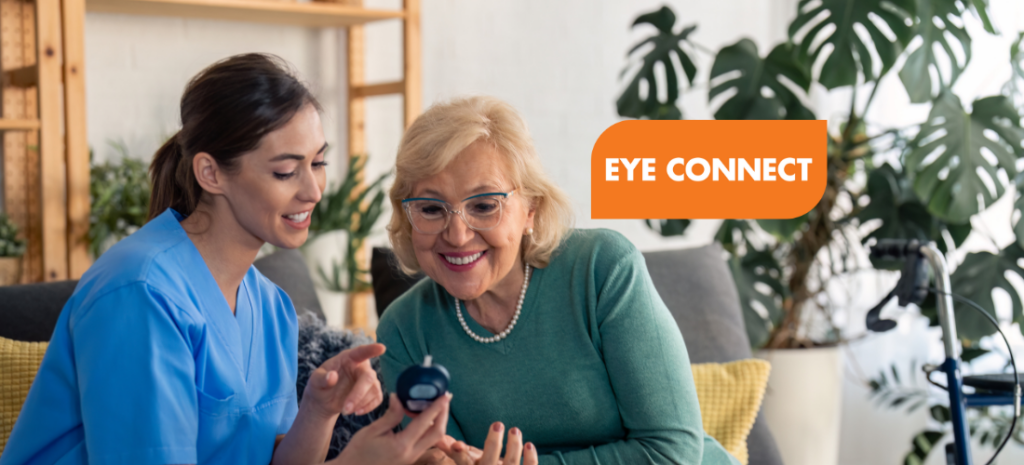The diagnosis I didn’t see coming
I was 29 years old when I was diagnosed with type 1 diabetes. I’d lost a bucket-load of weight – something like ten kilograms in less than six months – but I’d put it down to stress. We were building a house at the time, I was travelling interstate a lot for work, on top of managing young kids. It was a busy time in my life.
After pushing through a few days of a migraine that wouldn’t ease up, I went to my doctor. I mentioned my recent weight loss and that I’d generally not been feeling great, even before the migraine. She ran a couple of blood tests. A few days later, she rang me in a bit of a panic saying, “You need to get to the hospital – you have type 1 diabetes.”
This was really scary, to be honest. After she told me, I remember bursting into tears with my partner. The shock was overwhelming. Combined with all the advice you receive about living with diabetes and what you should and shouldn’t do, it was a lot to come to terms with.
I remember receiving information about how my vision could be impacted by diabetes, but it was just one of the many things I was told about when I was first diagnosed.
The diagnosis I didn’t feel coming
At 46, I had a good handle on living with diabetes – it had been part of my life for 17 years. But that changed after a routine eye scan picked up some irregularities, and I was eventually diagnosed with diabetic macular oedema. This came as a shock because I hadn’t been experiencing any symptoms, so I was grateful that I’d been diligent with frequent eye tests.
It wasn’t until a couple of years ago that I began experiencing changes in my vision. A blurry spot had appeared, I was squinting more to focus on things, and I had to increase the font size on my computer because it was becoming too small to read. I’d never had to do that before.
Being told that I’d eventually need injections in my eyes to keep my vision was very scary. I could visualise needles coming towards my eyes. Thankfully, the reality was much better than I imagined. They give you numbing drops – which can sting a bit – but you don’t feel anything, and it’s over in a few seconds.
Balancing health, family and everything in between
Living with diabetic macular oedema and type 1 diabetes is a lot to take on. It can be a juggle – working, family commitments, home life, on top of everything I need to do for my health, like exercising every day, making sure my diet is good, and receiving my eye injections every couple of months.
There’s the emotional side of things too. I do worry about losing my eyesight, it’s one of my biggest fears.
But I always try to stay positive and try not to let it get me down. I mean, I certainly have my moments, but I just ride the wave. If I feel like crying, I do, because I think it’s important to let it out, knowing the next day is a new one. My family is super supportive, and I think it’s so important to surround yourself with people that care about you.
If you’re going through something similar…
Staying on top of regular check-ups, leaning on the people around you, and taking things one day at a time has made all the difference for me. If you’re going through something similar, know that you’re not alone – and that with the right support, you can face the unknown and come out stronger.
The team at Macular Disease Foundation Australia have also been a wonderful help to me. I’d recommend getting in touch with them if you’re looking for extra guidance or reliable information, like I was. Before I contacted them, I’d spent so much time Googling my eye condition and what to expect, so it was reassuring to find a credible and trusted source.
New support service now available
MDFA thanks Jo for sharing her story. If you or someone you know is living with diabetic retinopathy or diabetic macular oedema, support is available through our free Eye Connect service. Click here for more information or call our national helpline on 1800 111 709.
New support for people with diabetes-related eye conditions
MDFA has expanded its free Eye Connect service to support Australians living with diabetic retinopathy and diabetic macular oedema.




